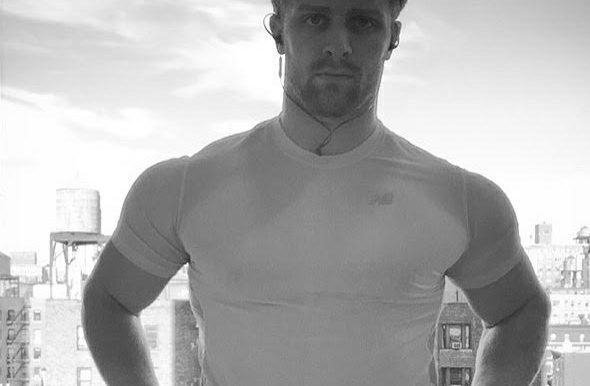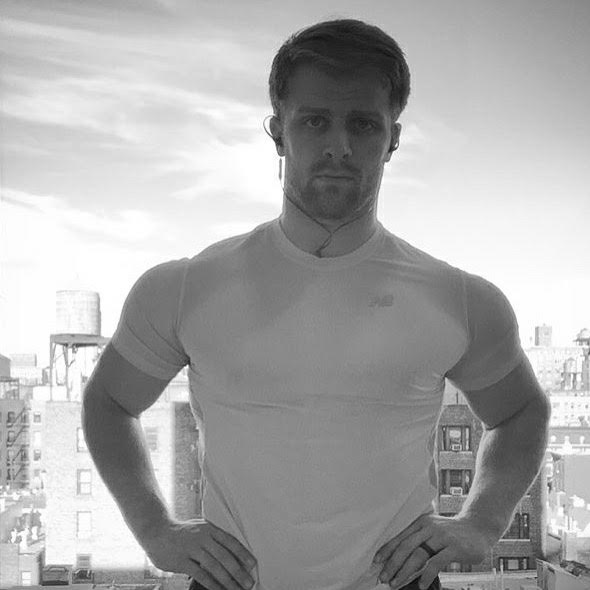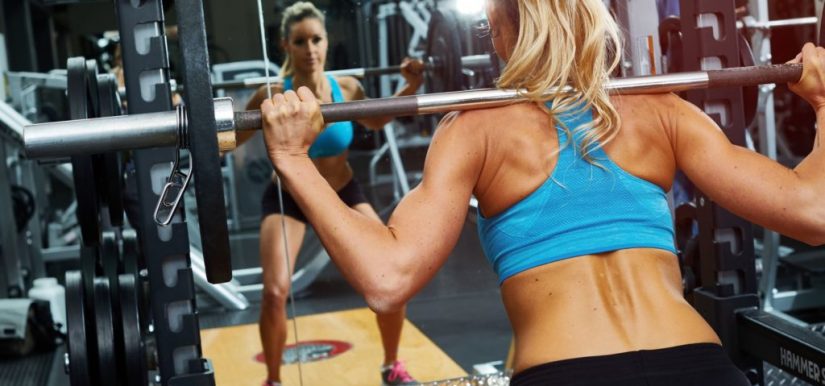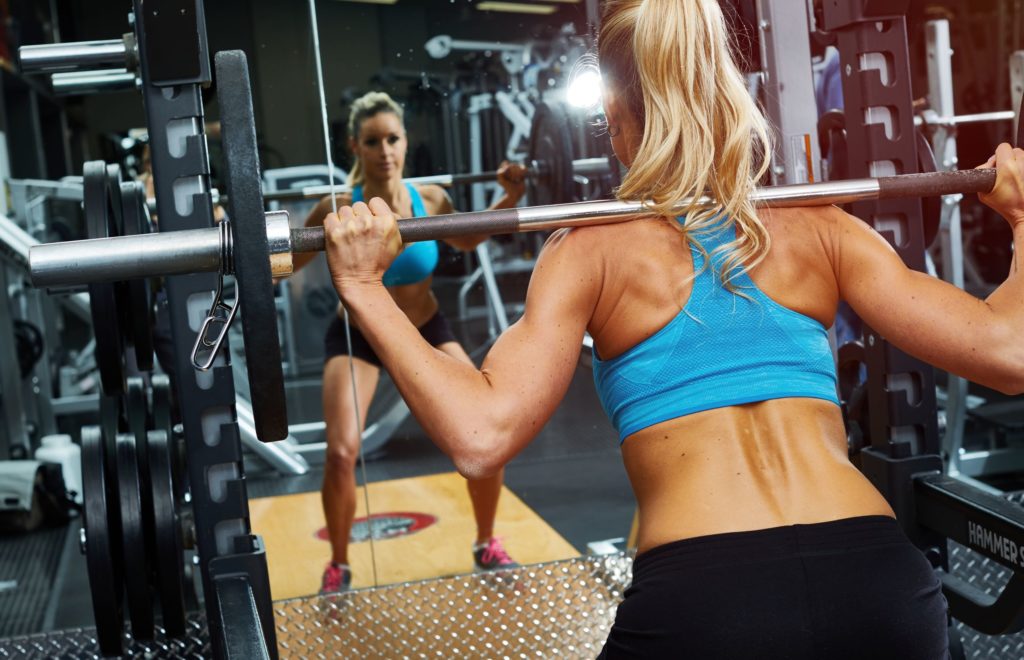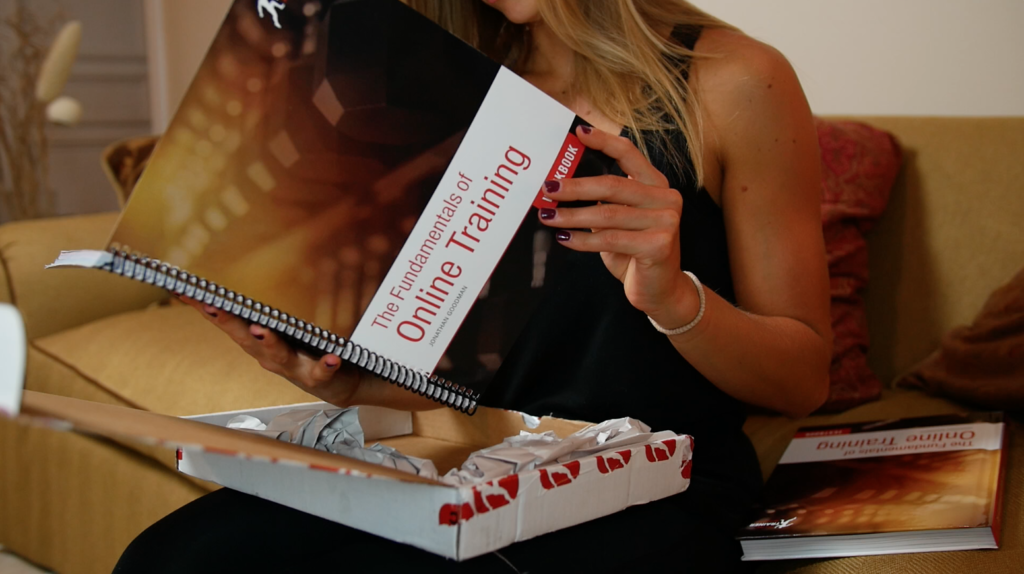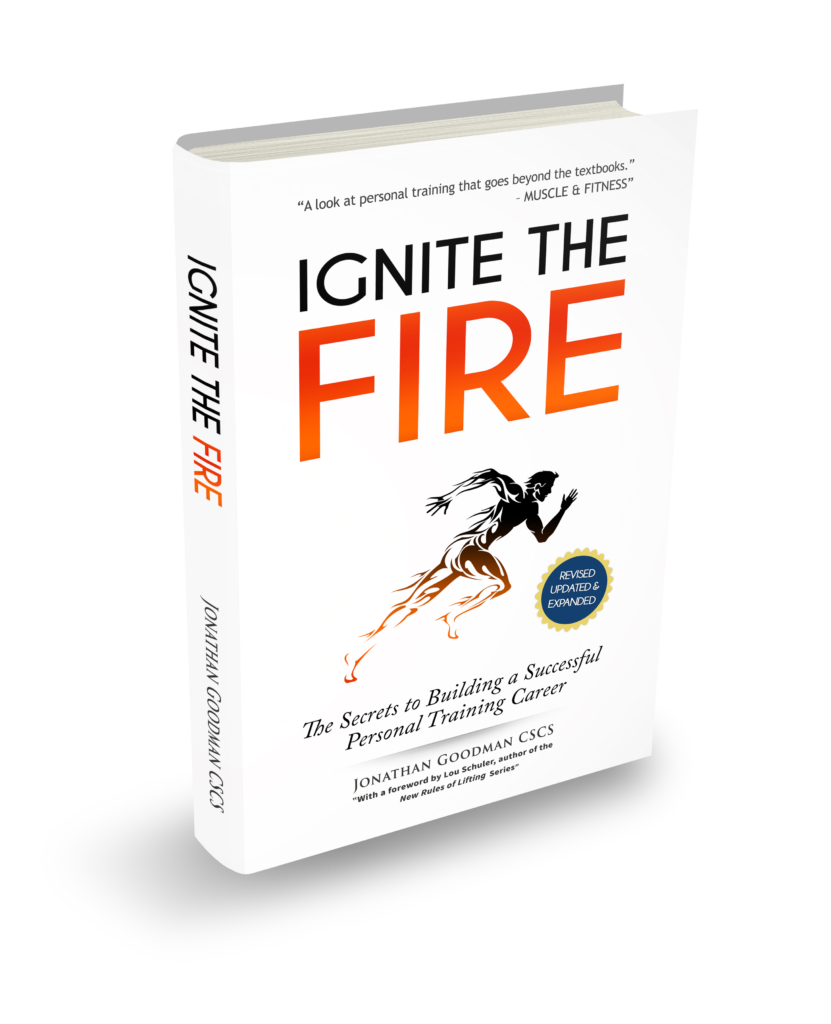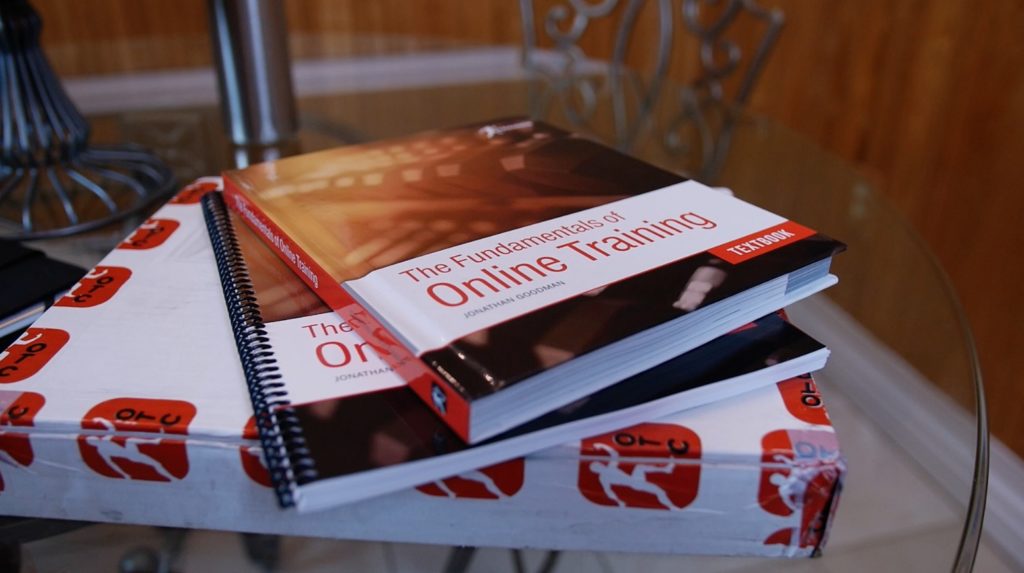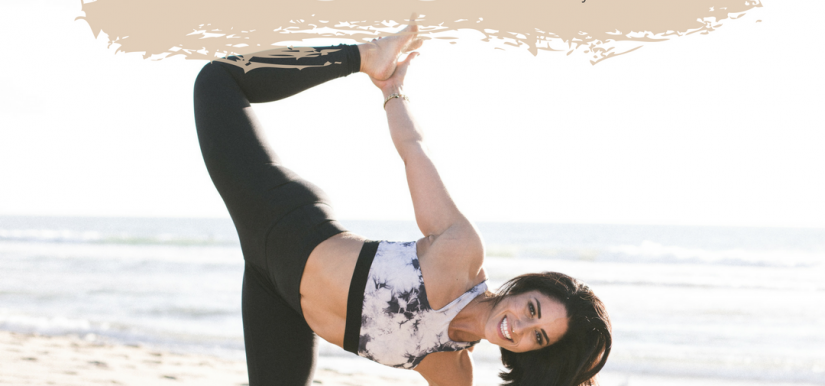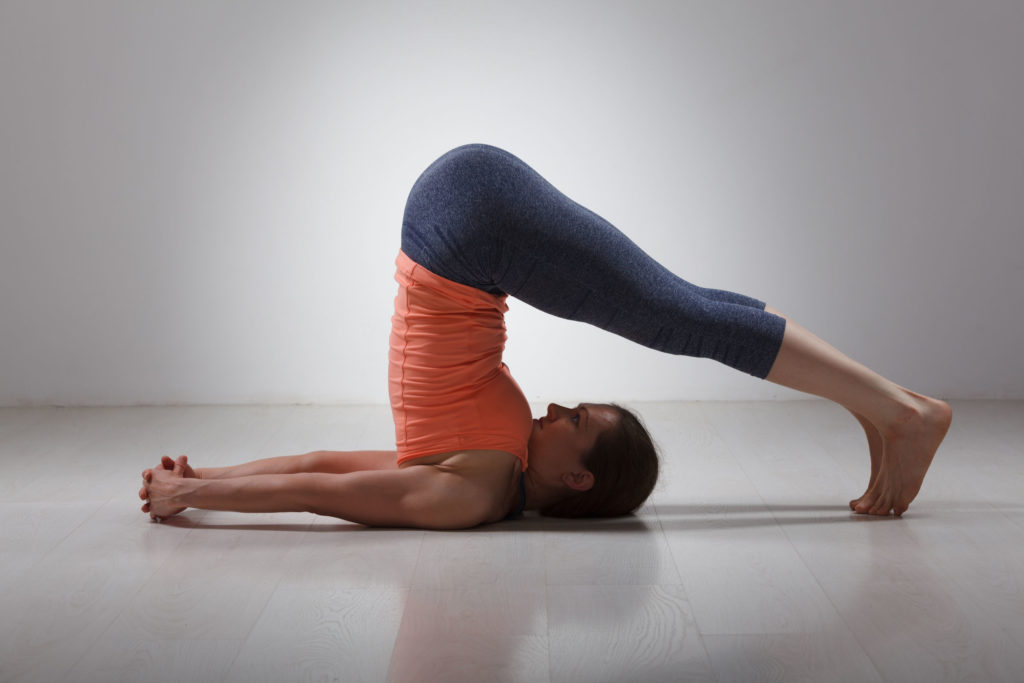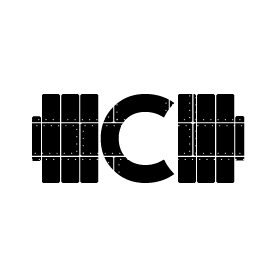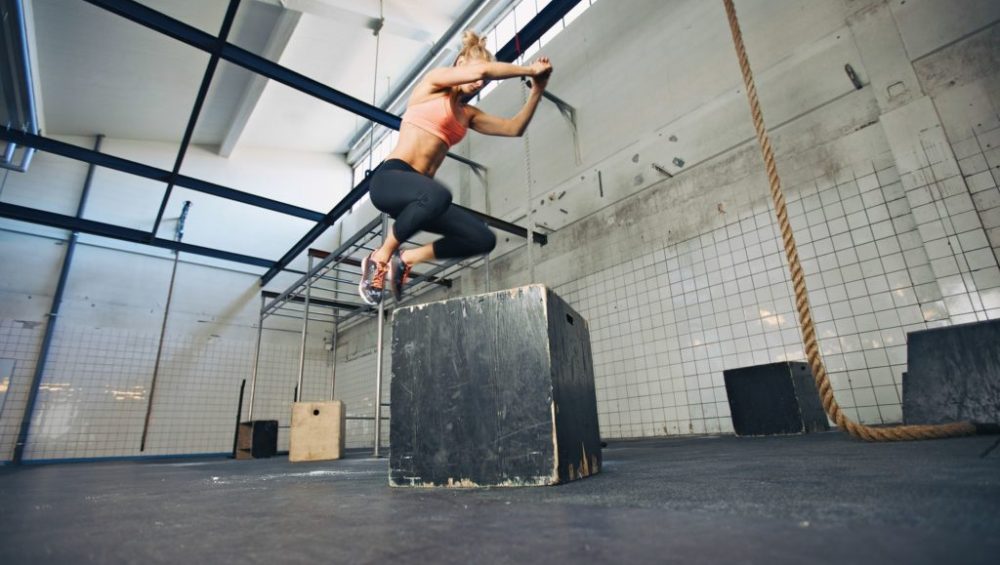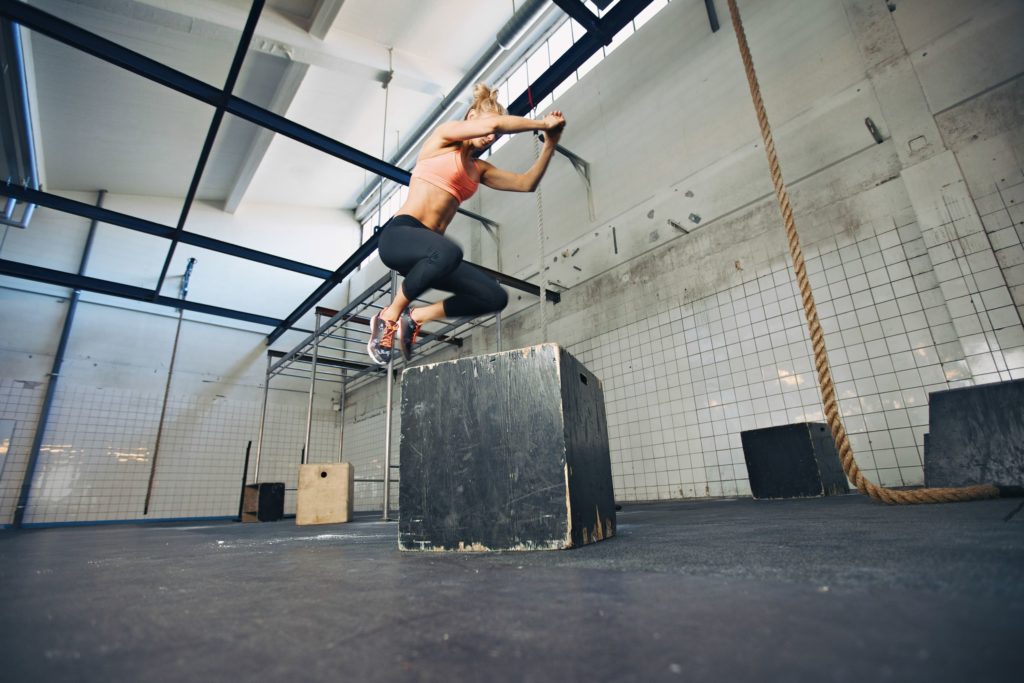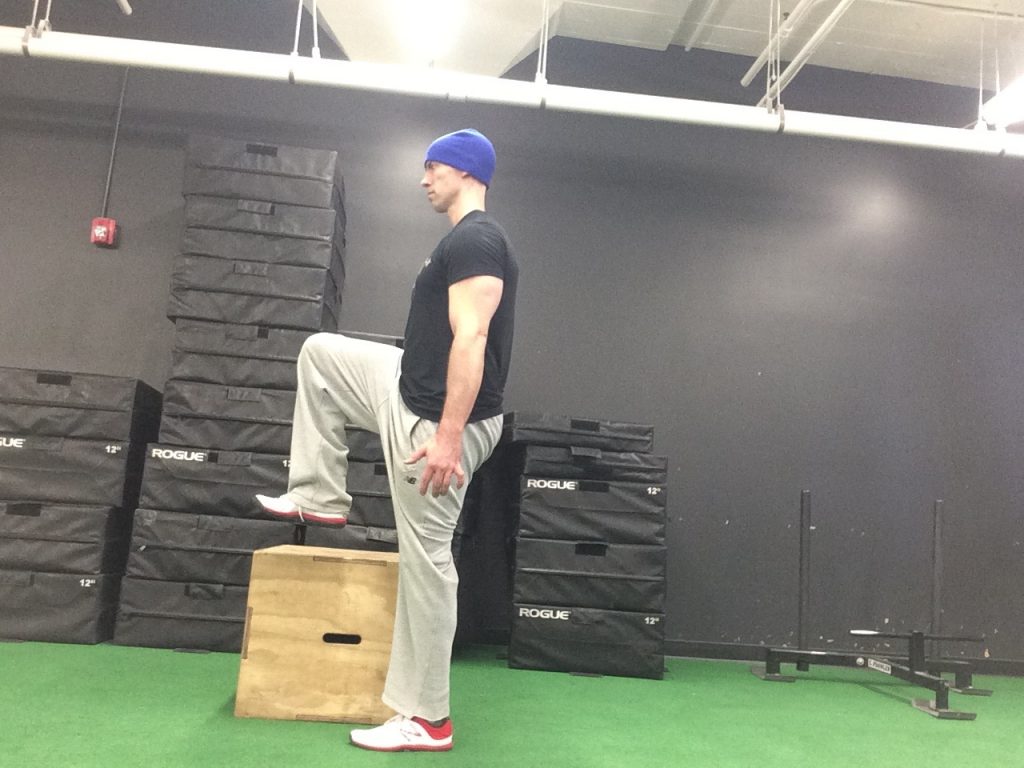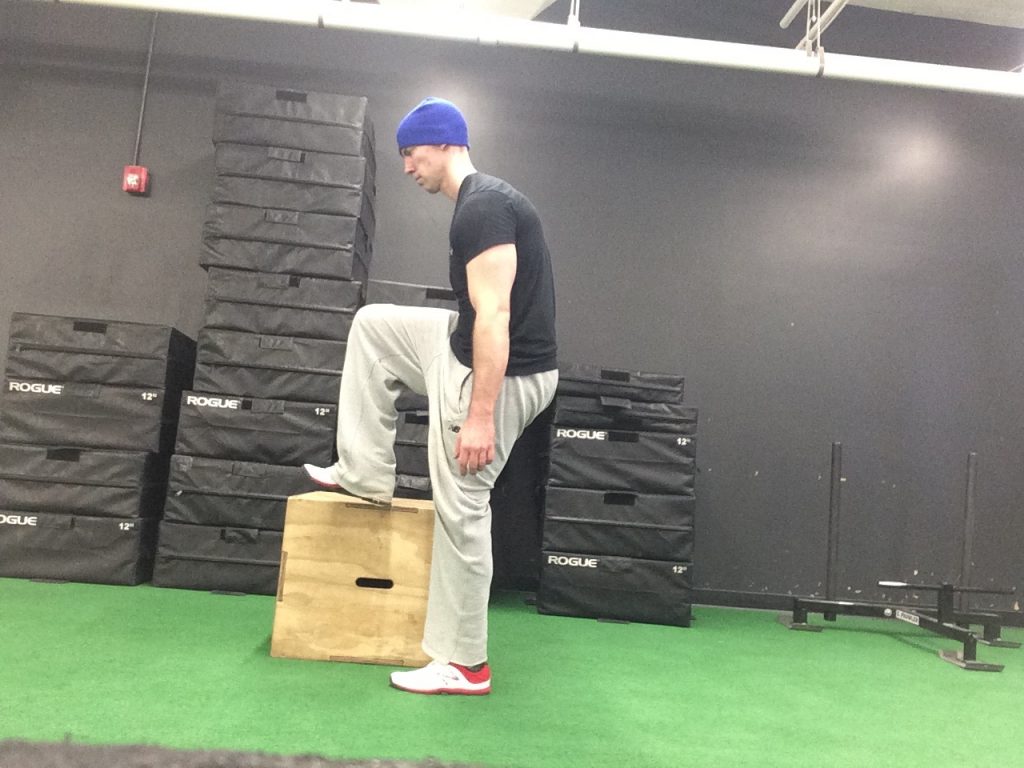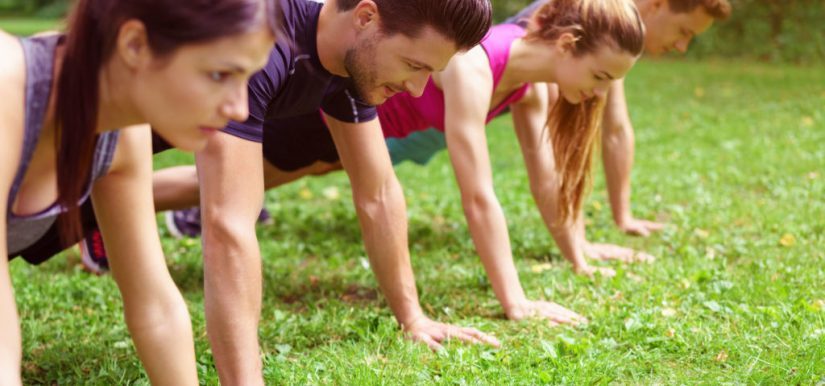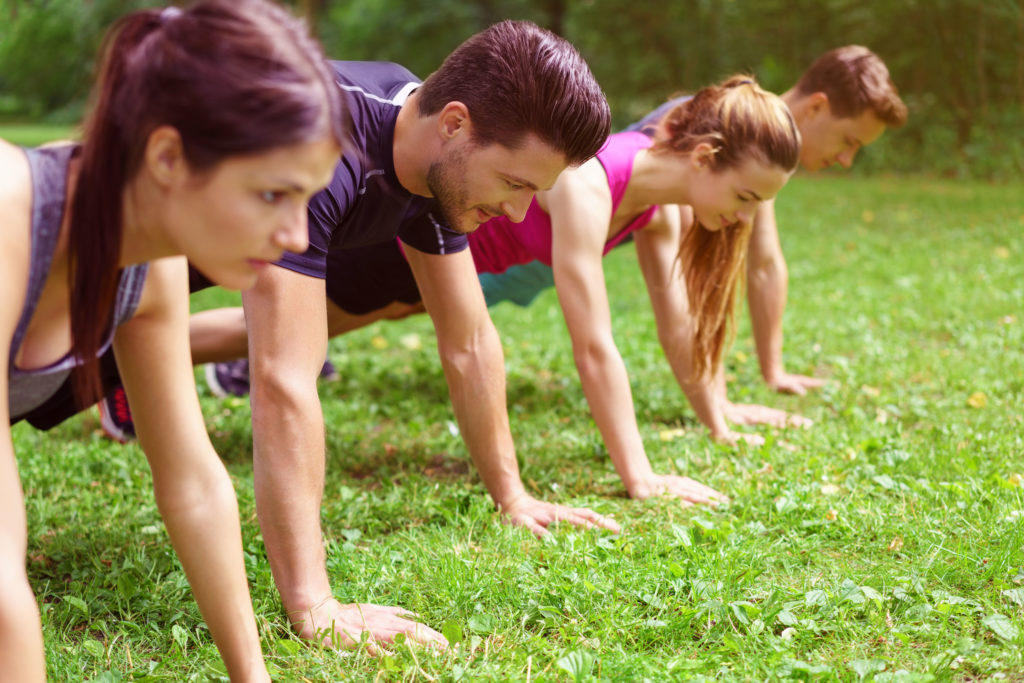Speed ladders, parachutes, BOSU balls…it’s all nauseating at times. There’s a time and place for all those things – I guess – but when they’re added to an athlete’s (especially young athlete’s) training repertoire I have to wonder if they’re in there because the coach feels it’ll make him or her better, or if it’s the novelty they’re after? Today’s guest post by strength coach, David Otey, tackles the idea of sport RESTRICTIVE exercise and sport ASSISTIVE.
Good stuff.

Sport Restrictive vs. Sport Specific Exercise
In fitness, finding your niche is a major part of making an impact on an individual. Over the last few years, Instagram celebrities and fitness magazines are guiding people on the best “sport specific” exercises for athletes.
If you want to be great at throwing, do this!
If you want to play cornerback in football, do that!
The whole process is very demanding of precise movements. The only issue is, details enhance, they don’t create. Just like a nice tie doesn’t make a cheap suit look better, detail work without a foundational set of athleticism, doesn’t change the athlete.
We can all remember our first intro to lifting weights, like a first date. The first interaction is the most impactful so a shit program can really compromise your results for years to come if you don’t find the right direction.
Ever meet that 50 year old guy that is still doing his HS football team’s lifting routine?? I meet that guy all the time. The issue with this idea is young athletes usually get thrown into a specific rotation of exercises that may be helping tiny details but neglecting overall development.
The fact is, the first 6 months to a year of working out is the most crucial from a muscle mass, neuromuscular awareness, and overall gym knowledge standpoint. Those initial days and exercises really set the table for your future accomplishments in the gym.
Sport specific exercises have been used for years with the intent of developing a particular athlete in their respective competition. Ever hear of the SAID principle? If so, makes sense right?
Sport restrictive exercises is a term I use for any exercise that could hinder the natural athleticism of an athlete.
If we are using sport specific exercises, they should be a compliment to some natural big lifts that are the foundation of our program. Thousands of athletes, right now, are practicing how to make one hand catches like Odell Beckham Jr. While focusing on that, they are neglecting speed, power, route running, catching fundamentals, and more
Athlete programming has two overall objectives: Maximize potential and minimize injury/restriction.
If you are not getting better, you are competing less.
If you are hurt, you are competing less.
We want athletes to compete more, work more efficiently, and stay in the game longer. The idea of sport restrictive exercises is to change the thought process from what things can I do for specific movements to what things should I REALLY not be doing to hinder my development in that sport.
I would argue that the majority of exercises are good for all athletes with a strong foundational level of athleticism (assuming no major injuries). There are a subset of exercises for each sport which should be avoided if you are looking to max out your potential. Here are four of the more common situations we may run into which are holding back our athletes.
Restricted Hip Drive
Restricted Shoulder Mobility
Loss of Rotational Power Generation
Loss of Multidirectional Movement
These four basic areas are really what encompass the attributes that set an athlete apart from the field.
Lacking in one or multiple of these either place you behind the curve or place you on the injury reserve. These for characteristics are also seen in every sport just in varying quantities. Let’s dive into how we can distinguish and avoid sport restrictive exercises going forward. As sport specific exercises are truly movements seen in game situations, I will refer to the exercises below as “sport assistive.”
Hip Drive
Hip drive is one of the most powerful and common strengths of any athlete. Whether you are throwing, blocking, sprinting, hips dominate the motion. Hip drive can be used in many ways but explosion and stability are the key responsibilities of the Glutes. To get the most of your hip drive, it’s important to work in areas that are similar to your sport. The weight room opens us up to a long list of activities that can work on a more powerful looking lower body. Key word is LOOKING. How can we adjust to just flat our powerful.
Sumo Deadlift – Sport Restrictive Movement
Note from TG: Noooooooooooooooo (sad face). I’m still posting a video of myself.
Traditional Deadlifts are becoming more common in weight rooms everywhere which is a great thing. The movement is based on full body strength and developing power. With regard to the Sumo Squat, it’s inherently unique set up is unfamiliar to almost any sport we see on a regular basis. Now I know, some people are going to say, “But what about the extra muscles used in the Sumo Deadlift?”
I certainly can understand that, my argument is this is more suited for the athlete geared towards weight-room competitions and less towards indoor/outdoor traditional sports. Building a foundation should be based on movements that are going to directly impact performance, not just look sweet in your Instagram post.
Broad Jump – Sport Assistive Movement
Without hip mobility, you are leaving yourself with a quick road to injury. Restricted hip mobility leaves you in a position to rely on areas to gain mobility that aren’t meant to have mobility. This extra strain, either placed on your knees or lower back, can quickly turn into chronic issues.
To avoid this, don’t work on exercises with unique demands that are uncommon to your everyday activity. The broad jump for any athlete is a way to specifically focus on hip and lower body explosion with the outcome of “project myself as far as humanly possible”. All out power is what we strive for. The hip extension utilize in the broad jump mimics almost all lower body locomotive movements we will see more commonly.
Shoulder Strength
Shoulders are the second most impactful joint in the body. Where the hip is mainly responsible for power generation from the lower limbs, the shoulders have the main juncture of the upper limbs. In all throwing sports, the chain reaction between medial foot all the way through the throw, is either amplified or diminished because of shoulder (scapular and glenohumeral) strength and mobility.
Barbell Military Press – Sport Restrictive Movement
The traditional Military press is no argument a solid movement for building muscle mass, but not ideal for working with the general athlete. The fundamental difference between athletics and barbells is the level of predictability.
Barbell movements confine the body to accommodate muscle growth and patterning to a restricted path due to the bar. In sports, all movements are unique and the body is better prepared when trained to be strong through its own control of its path (Example: Dumbell Press).
With respect to athletes with large wingspan, shoulder movement independent from one another is also safer than fixated movement. Increased muscle mass restricts in some sports and helps in others, but overall, the barbell is counterproductive for the athlete.
Landmine Shoulder Press – Sport Assistive Movement
The Landmine Shoulder Press is a great method to strengthen the muscle while focusing on glenohumeral rhythm.
To build in the body’s capabilities to work at its highest demand, we need to reinforce the body’s desire to work in collaboration with coexisting parts of the system. The Landmine’s free pivoting base allows you to control the weight independently. Along with this, the path of the bar promotes scapular upward rotation along with force angle more appropriate for one of our most unstable joints.
Rotational Power
Power is only as good as it can be transferred. Its tough to turn on a light with a frayed power cord (don’t try that at home). The anterior and posterior core’s primary functions are to maintain spinal stability and transfer power. The inherently awesome part of rotational power is the body’s ability to work together and coordinate multiple segments to maximize output. This doesn’t happen without the core, and doesn’t happen without training the body in its full capacity rather than in isolated segments.
Power Cable Twist – Sport Restrictive Movement
Cable twists are commonly seen in gyms around the country as a method to great sick abs. Unfortunately, they aren’t great at that and are more detrimental to spinal integrity. Just as I wouldn’t swing a baseball bat without pivoting my feet, rotation without lower body rotation creates increased stress on the discs, vertebral columns, lumbar spine, hips, damn near everything. Creating rotational power generally starts at the medial foot and transfers up, so training in that manner is most appropriate.
Med Ball Throws – Sport Assistive Movement
The Med Ball Throw is one of the most similar movements to translation of rotational power. One key factor of power is the ability to go full throttle. Just like doing sprints on a treadmill is definitely not the same as doing full sprints outside, there is no restriction of full potential. Proper Med Ball throws can teach an athlete full power output, safely!
Multidirectional Movement
Side Shuffles – Sport Restrictive Movement
One of the hardest things for me to watch is a coach teaching an athlete to side shuffle. Usually, with the side shuffle, the athlete is instructed to keep their back foot in contact with the ground. This concept is generally contradictory to natural lateral movement. Try running while keeping one foot on the ground at all times. Chances are you are going to lose your race.
Lateral Skiers – Sport Assistive Movement
https://www.youtube.com/watch?v=aOI1exR6pSk
The medial foot is one of the primary points of the body where power starts. Stealing a base, juking a tackle, initial drive in the baseball swing, all start from medial foot. Lateral work is a great translator to rotational power and lower body reactive capability. Lateral Skiers allow you to focus on single leg accommodation and the ability to propel from that loaded position. This is a movement that every athlete should build do and practice.
Summary
Every program is going to be unique because of the athlete and specific coach writing the program. The purpose of this article isn’t to blast certain exercises but to bring up arguments to why other movements may be more appropriate for your athletes.
You don’t need a speed ladder to be sport specific.
The best sport specific movements are those done in practice. Unfortunately, as coaches, we may only work with certain athletes in a weight room setting. It is important to identify which exercises can translate, and which in the long term, could be holding back our athletes. Bottom line: don’t restrict your athletes by refusing to adjust from the status quo.
Author’s Bio
David Otey is a Strength and Conditioning specialist based out of New York City. David is the 2016 Fitness Manager of the Year for Equinox and has been featured in several major fitness publications on the topics of strength and Conditioning.

